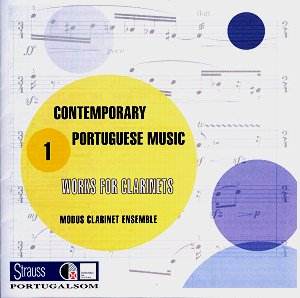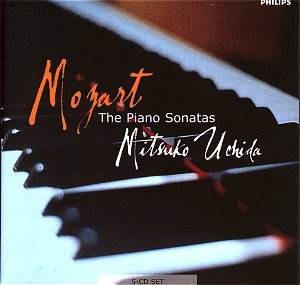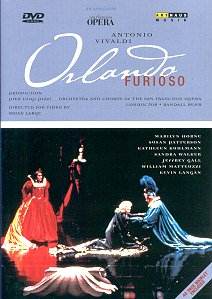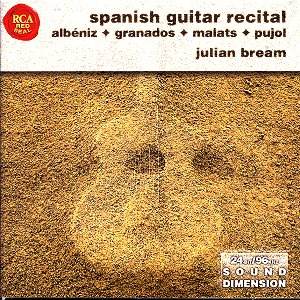 Composer: Johann Sebastian Bach
Composer: Johann Sebastian Bach
Works: English Suites Nos. 1-6, French Suites Nos. 1-6
Performers: Alan Curtis (harpsichord)
Recording: Rec July 1979, Kunst und Gewerbe, Hamburg
Label: APEX 0927 40808 2, APEX 0927 40814 2, APEX 0927 40813 2
The English and French Suites of Johann Sebastian Bach represent a pivotal moment in the evolution of keyboard music during the late Baroque period. Composed likely between 1717 and 1723, these suites encapsulate Bach’s synthesis of the dance forms of his time with the emerging sophistication of the solo keyboard repertoire. While the nomenclature suggests an English influence, the works themselves defy easy categorization, instead reflecting a rich tapestry of cultural exchange and personal expression. Alan Curtis, a distinguished harpsichordist, brings this complexity vividly to life through his interpretation, which resonates with both historical awareness and musical sensitivity.
Curtis’s command of the harpsichord, particularly on a beautifully restored Christian Zell instrument from 1728, allows for a nuanced exploration of Bach’s intricate counterpoint and rhythmic vitality. His tempi are judiciously chosen, striking a balance that respects the inherent dance-like qualities of the suites while allowing for moments of introspection. For instance, in the first suite’s Prelude, Curtis employs a fluidity that enables the melodic lines to breathe and unfold organically. His articulation of the fugal passages showcases clarity, ensuring that each voice is distinct yet interconnected, a hallmark of Bach’s compositional genius.
The recording quality merits particular mention, as the Teldec engineers have achieved an exemplary sound balance. The acoustic space captures the harpsichord’s bright, resonant timbre without overwhelming the listener with excessive proximity or distance. The engineering avoids the pitfall of over-miking, which can detract from the music’s dramatic impact. Instead, the soundstage is intimate yet expansive, allowing for an immersive experience that feels both personal and grand. Each suite emerges with its own character—take the French Suite No. 3, where Curtis’s articulation in the Allemande contrasts beautifully with the buoyant energy of the Courante that follows, illustrating the nuanced transitions between introspection and exuberance.
Curtis’s interpretations stand favorably against many notable recordings of these suites, such as those by Gustav Leonhardt and Pierre Hantai. While Leonhardt often opts for a more measured approach, Curtis brings a vivid dynamism to the performances that invites renewed engagement with the music. His ability to maintain the integrity of Bach’s polyphonic writing while infusing it with a sense of spontaneity is commendable. The French Suites, particularly, benefit from his lively interpretations, which breathe new life into familiar works.
The twelve suites collectively showcase Bach’s mastery over form and expression. Each dance, while adhering to a structured progression, reveals its individuality through Curtis’s thoughtful phrasing and dynamic range. The Gigue of the English Suite No. 6, for example, is rendered with both precision and exuberance, capturing the joy inherent in the dance while respecting its structural integrity.
Alan Curtis’s performances of Bach’s English and French Suites deliver a compelling listening experience that is both intellectually satisfying and emotionally resonant. His interpretative choices, combined with exceptional sound engineering, allow these works to shine with clarity and vitality. This recording is not merely an addition to the extensive catalog of Bach interpretations; it is a significant contribution that invites listeners to revisit these masterpieces with fresh ears and a deeper appreciation for their complexity and beauty.



